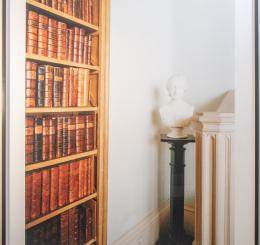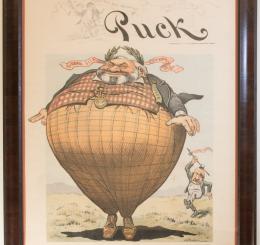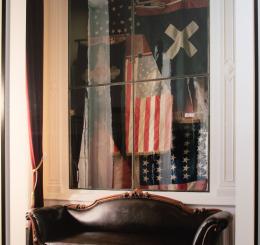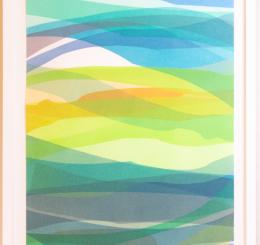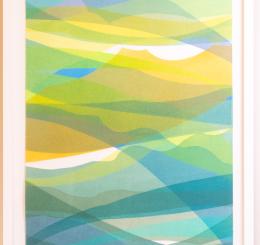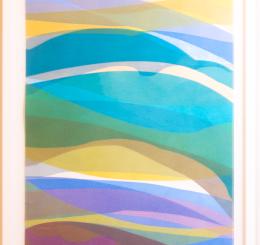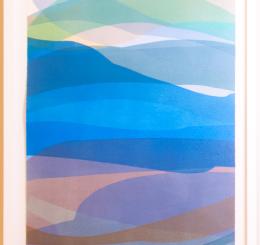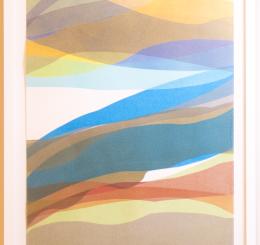All Locations will open late Thursday, October 16, at 11 a.m. for an all staff meeting.
Artist:
This photograph appears to pronounce the institutions of knowledge, art, and architecture in featuring an antique bookcase, marble bust, and doric col...
Artist:
In this August 1900 cover for Puck Magazine, a man blown up to the size and shape of a hot air balloon floats along with "Kansas City" and "Convention...
Artist:
This photograph features a cabinet of Civil War-era flags representing the Vermont Brigade Guidon and its Sixth Infantry Division. The flags are hung...
Artist:
An air of honor and foundation resonates from this corner of the Vermont State Capitol Building. Red fabrics define the composition of this photograph...
Artist:
In Berman’s mind, information and knowledge flow like an unseen current between people and media in the library environment. This print is one of ten...
Artist:
In Berman’s mind, information and knowledge flow like an unseen current between people and media in the library environment. This print is one of ten...
Artist:
In Berman’s mind, information and knowledge flow like an unseen current between people and media in the library environment. This print is one of ten...
Artist:
In Berman’s mind, information and knowledge flow like an unseen current between people and media in the library environment. This print is one of ten...
Artist:
In Berman’s mind, information and knowledge flow like an unseen current between people and media in the library environment. This print is one of ten...
Artist:
In Berman’s mind, information and knowledge flow like an unseen current between people and media in the library environment. This print is one of ten...


